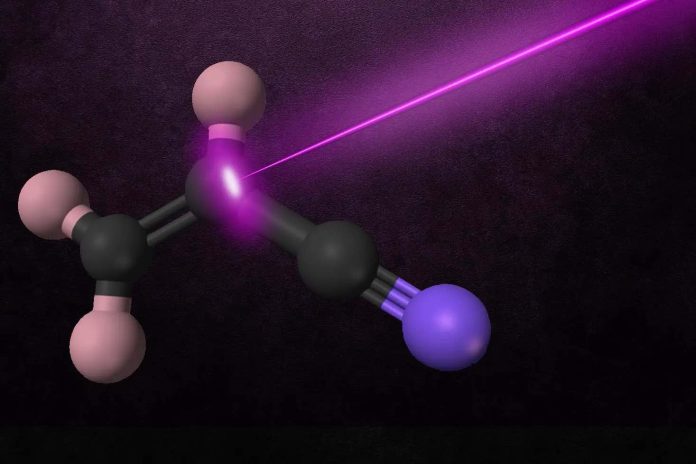Anders Nilsson, a professor at the United States Department of Energy’s Stanford Linear Accelerator Center at the University of Stanford, and colleagues are the first people ever to see a chemical reaction and the transition state that produces new chemical compounds. The ability to see the transition state of a chemical reaction was thought impossible but a manipulation of basic chemical concepts proved to achieve the impossible.
The researchers examined the conversion of carbon monoxide into carbon dioxide on a ruthenium catalyst. The reaction is the same chemical reaction that occurs in an automobile’s catalytic converter. The catalyst and reactants were heated to 3,000 degrees Fahrenheit with a pulse from an optical laser. The laser was the Linac Coherent Light Source at the United States Department of Energy’s Stanford Linear Accelerator Center.
The idea was to use heat to convert as many molecules into a transition state as possible so that the transition state that only lasts a few quadrillionths of a second could be observed by an X-ray laser. The resulting photographs are shown in color but the actual process is probably colorless. The study also confirmed a basic concept about chemical reactions. Most reacting molecules never achieve the energy needed to go forward to create a new compound. Most molecules that come near the transition state drop back to a lower energy state and do not react.
The physical representation of a chemical reaction and the transition state that leads to new compounds is a first. No one has ever seen a chemical reaction before. The methodology is expected to make new catalysts possible. The application of the method to biological chemistry may not be possible due to the high temperatures involved.















